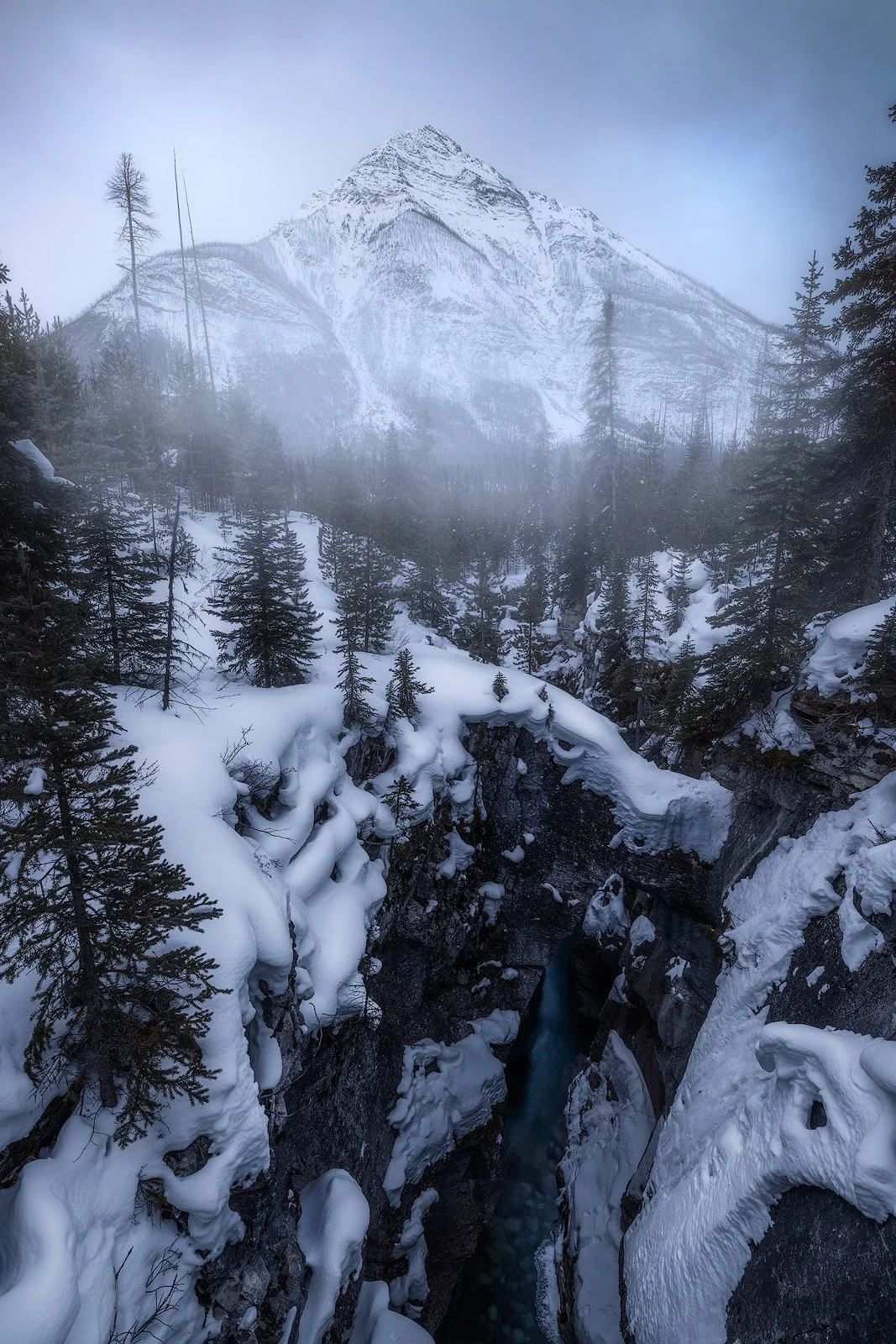 Image 1 of 1
Image 1 of 1


Into the Frozen Chasm
Winter tightens its grip around Marble Canyon, where stone walls plunge into shadow and a narrow vein of turquoise water glints beneath the snow. The gorge feels impossibly deep, a wound carved by centuries of ice and melt. Frost hangs like breath along the cliff edges; snow clings to every ledge and branch, softening the brutal geometry of the rock. From above, the canyon appears both silent and alive—a quiet pulse running through the white heart of the Canadian Rockies. Mist drifts at the base, shifting with the faintest movement of air, dissolving detail into dream.
The scene is hushed, but not still. Beneath the surface, unseen water moves—slow, insistent, a whisper of persistence against the weight of cold. The sound is more felt than heard, a vibration carried upward through the frozen walls. Every texture adds to the sense of depth: the powder of snow falling from a pine limb, the dark veins of rock peeking through frost, the translucent sheen of ice clinging to the canyon rim. The air smells of mineral and cedar, sharpened by altitude and cold light.
From this vantage, the composition draws the eye downward—light into darkness, calm into motion. It’s a portrait of contrast: weight and transparency, stillness and flow. The canyon feels sacred in its restraint, an amphitheater built for echoes that never come. What lingers is the awareness of scale—how small the observer feels against the architecture of stone and ice.
Into the Frozen Chasm invites contemplation rather than awe. It’s not a shout of wilderness, but a whisper—proof that the wildest places speak softly, and that beauty often hides in the spaces where sound cannot reach.
Winter tightens its grip around Marble Canyon, where stone walls plunge into shadow and a narrow vein of turquoise water glints beneath the snow. The gorge feels impossibly deep, a wound carved by centuries of ice and melt. Frost hangs like breath along the cliff edges; snow clings to every ledge and branch, softening the brutal geometry of the rock. From above, the canyon appears both silent and alive—a quiet pulse running through the white heart of the Canadian Rockies. Mist drifts at the base, shifting with the faintest movement of air, dissolving detail into dream.
The scene is hushed, but not still. Beneath the surface, unseen water moves—slow, insistent, a whisper of persistence against the weight of cold. The sound is more felt than heard, a vibration carried upward through the frozen walls. Every texture adds to the sense of depth: the powder of snow falling from a pine limb, the dark veins of rock peeking through frost, the translucent sheen of ice clinging to the canyon rim. The air smells of mineral and cedar, sharpened by altitude and cold light.
From this vantage, the composition draws the eye downward—light into darkness, calm into motion. It’s a portrait of contrast: weight and transparency, stillness and flow. The canyon feels sacred in its restraint, an amphitheater built for echoes that never come. What lingers is the awareness of scale—how small the observer feels against the architecture of stone and ice.
Into the Frozen Chasm invites contemplation rather than awe. It’s not a shout of wilderness, but a whisper—proof that the wildest places speak softly, and that beauty often hides in the spaces where sound cannot reach.
